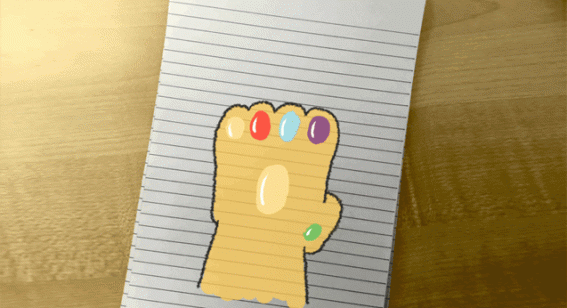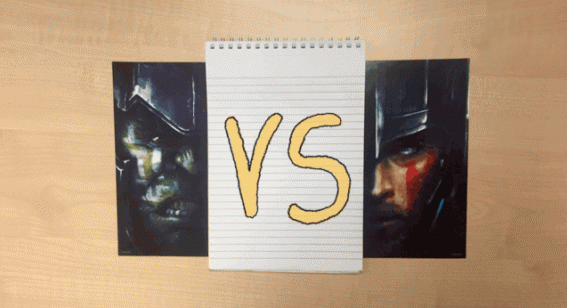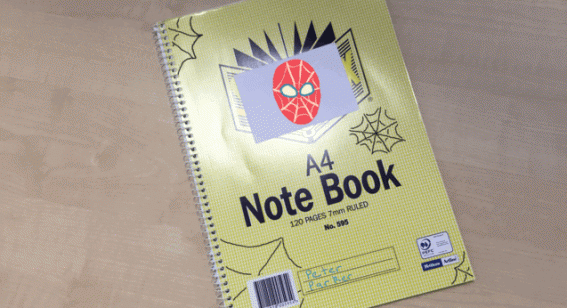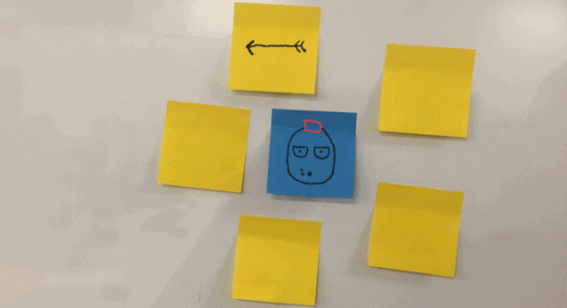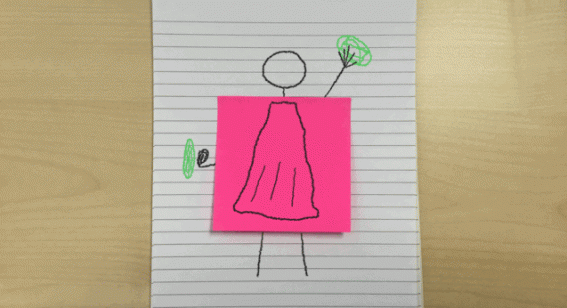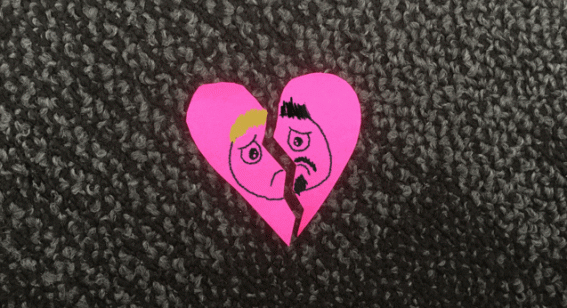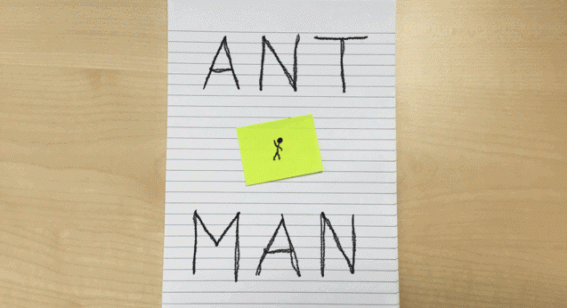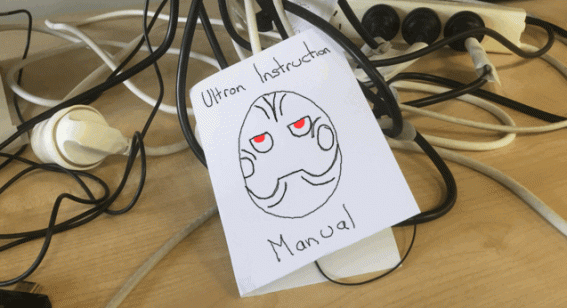Revisiting Iron Man 3 – Tony Stark’s finest two hours
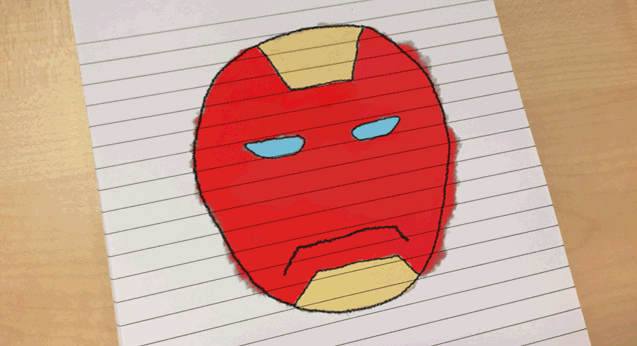
In the lead-up to Avengers: Infinity War (in cinemas 25 April), Liam Maguren re-watches Iron Man 3.
Most Marvel Cinematic Universe films begin with the Marvel logo accompanied by some riveting/forgettable orchestral score. Iron Man 3 opened to Eiffel 65’s dance-dumpster hit Blue (da ba dee). That let you know you were in for a different kind of beast.
It also prepared you for a nostalgic hit of 1999 with a flashback that showed Stark perusing a NYE tech party, Pepé Le Pew-ing himself all over Rebecca Hall’s Maya while doing a side of school jock bullying to Guy Pearce’s Aldrich Killian (who looked nerdier than a box of pencils). This scene also came with a nifty Yinsen cameo, Jon Favreau’s oily mullet, and an off-putting voiceover narration that seemed to serve no decent purpose (at first).
Writer-director Shane Black is somewhat Shakespearean when it comes to telling witty stories about piece-of-shit dudes stumbling into slithers of self-redemption (see: The Nice Guys, Kiss Kiss Bang Bang). Having taken the wheel from Favreau, Black’s script dug further into Stark’s fears of the past. This didn’t just include the enemies he helped create; it also included the epic finale in The Avengers.
Iron Man 3 was the first solo superhero film that made past events from other MCU films matter. The existence of aliens would have been hard enough for Stark to process without the added PTSD that came with fighting the invasion to an inch of his life.
It installed an insomniac-level fear in Stark, one that made him believe he wasn’t strong enough to be Iron Man. His solution? Build more Iron Men.
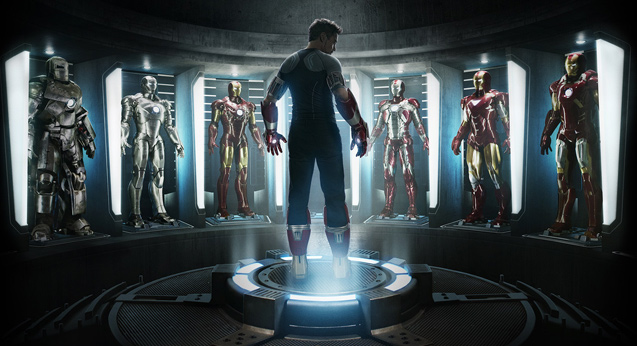
In an attempt to hide that fear, Stark issued a challenge to front-and-centre villain The Mandarin by foolishly giving out his home address on live television. With admirable reliability, two attack helicopters missile the shit out of his home, leaving Stark to retaliate in a weapon-less beta suit. This limitation lends itself to quite a creative, contained action sequence.
As well as showing off Stark’s smarts over his brawn, it’s a moment that demonstrated The Mandarin’s ruthless efficiency. His malice was unquestionable, but it was hard to buy him as a good villain. He was still a problematic Middle Eastern stereotype, which isn’t any better than the problematic Chinese stereotype created back in ye olden days of comic books. The key twist in the story, however, judo flipped that issue effortlessly and brilliantly.
“A true story about fortune cookies,” The Mandarin preaches. “They look Chinese. They sound Chinese. But they’re actually an American invention. Which is why they’re hollow, full of lies, and leave a bad taste in the mouth.” That is both a sly reference to the original Mandarin and the reveal that the current Mandarin is an invention himself – played by Ben Kingsley’s drug-addled thespian.
Some people hated that reveal. I bloody loved it. Not only did it serve the plot perfectly, The Mandarin being a misdirect in service of Killian’s collateral, it served the film’s main theme. Like Stark’s corny voiceover said, “we create our own demons,” and Killian created this villain using American xenophobic fears.
But for the fans who sleep in Mandarin underoos, I can see why this twist left you sour.
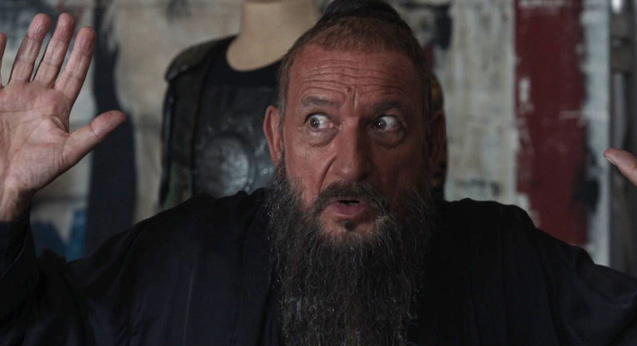
The Big Mean Villain isn’t the only trope to be subverted in Iron Man 3. Alone, tech-less, and technically homeless, Stark ends up relying on a young boy in a do-nothing town to help him out. It sets up the Jenga blocks of an eye-rolling father-son relationship only to throw a big iron “Fuck you” at it.
Think Tony would be sensitive to the kid’s family issues? He isn’t. Think the kid would get the hint about Tony’s PTSD? He doesn’t. Reckon their last conversations would be tender and heart-warming? Shit no.
Asshole Stark is always asshole Stark and the annoying kid is always the annoying kid. However, playing to Shane Black’s strength, they are both made decent not by making them change but by having them reveal their decency in the shit-heap of character flaws.
Stark made a trade with the kid – his assistance for an anti-bully gizmo. It came back when Stark faced a bunch of Killian’s fire-powered goons using his smarts over his brawn once again. His power isn’t in the iron suit; it’s in his engineering head and mechanical hands.
That power was put on display even better when he took the fight to The Mandarin’s mansion, covertly taking out henchmen with some DIY Mitre 10 gadgets. His confidence was prominent, even though he got caught.
At this point, you could understand if people got a bit impatient with the lack of Iron Man-ing in this Iron Man film. Cue one of the best heroic moments in the MCU: a ferocious skydiving sequence that saw Iron Man saving a baker’s dozen of falling lives. It’s an intense, spectacular two minutes that showed Stark consoling those terrified civilians, turning the helpless to helpful. A feeling he gained himself throughout the movie.
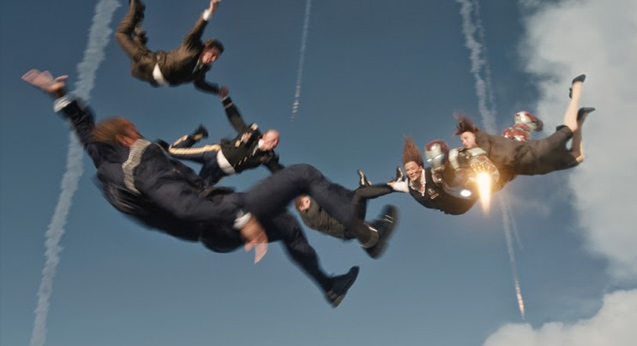
And then there’s the finale, which threw every Iron Man merchandise on the screen. Call it a marketing move if you want, but it did give the climax a lot of variety and seeing Stark jumping into different suits was way too cool.
It was also refreshing to have Stark fight a villain who wasn’t just another guy in an iron suit, even if Killian won’t be remembered in the MCU book of villain history. Given how he created The Mandarin in order to NOT be noticed, it doesn’t leave an expired fortune cookie taste in the mouth.
It also – again – subverted a number of familiar climax tropes. Stark didn’t save Pepper from falling into an explosion, a last-minute save from the suit fails hilariously, and he isn’t even the one who defeats Killian.
Even the closing line is a clever subversion. In the first film, Stark says “I am Iron Man” to confirm to the press that he was the man in the suit. In this, he says “I am Iron Man” to confirm to himself that he is not the suit. It’s brilliant.
And then there’s the stinger. At first, I was like everyone else – gravely disappointed. Back then, we had gotten used to an end-of-film scene that teased an exciting future film. Instead, we got Stark on the psychologist couch talking about his problems to Bruce BFF Banner. That was it.
Today, however, stingers have almost completely lost their sting. Seeing this scene again reveals an ingenious kind of joke that gives reason to the voiceover narration: the entire film is actually just a therapy session.
Find disc & streaming options for ‘Iron Man 3’

